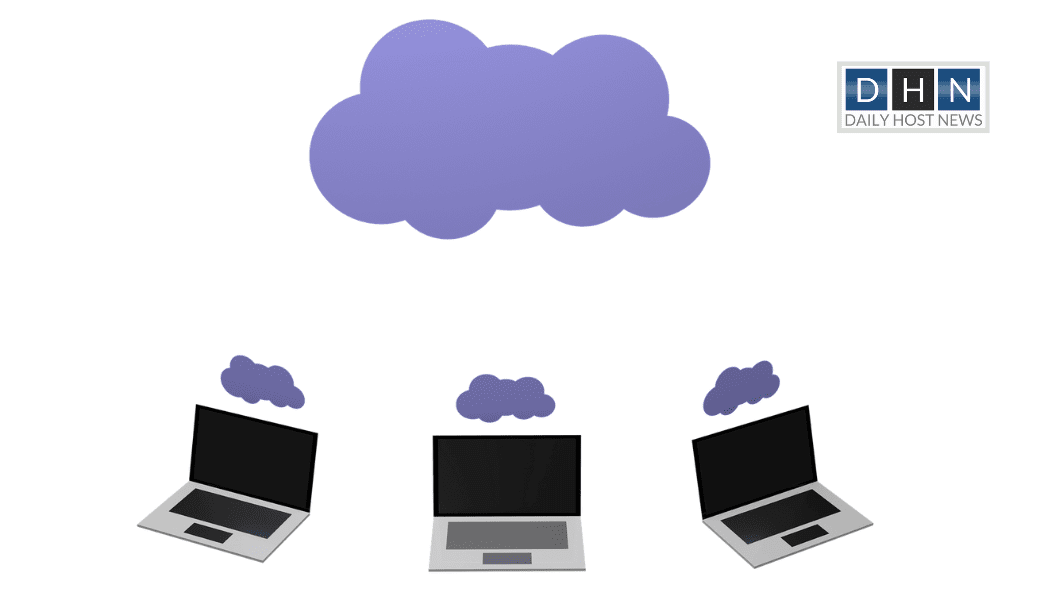In a move towards simplifying the cloud, Lightbend has recently announced the release of Akka 23.05. This cutting-edge update marks a significant milestone in Lightbend’s mission to reduce cloud complexity and accelerate progress with predictability.
Building upon its ambitious plans unveiled last year with Akka 22.10, Lightbend introduced Akka Distributed Cluster with Akka 23.05 as the next revolutionary step for Akka at the Edge. This innovative feature set unleashes many possibilities for developers and businesses alike.
With this innovative solution, users get faster data delivery, uninterrupted availability even during cloud provider outages, and cost efficiency by minimizing storage expenses and reducing server data traffic. It saves valuable developer time through seamless integration within Akka.
By harnessing the potential of the Akka Distributed Cluster, developers can now effortlessly expand their applications across multiple data centers, irrespective of whether they operate in a multi-region, multi-cloud, hybrid cloud, or on-premise environment.
Features of Akka Distributed Cluster
Akka Distributed Cluster introduces a range of powerful features, like:
- Brokerless Pub/Sub: Enjoy high-performance Publish-Subscribe functionality over gRPC with guaranteed delivery. This eliminates the need for managing message brokers, resulting in low-latency communication and efficient operation in memory-constrained environments.
- Brokerless Pub/Sub Event Filtering: Building upon the Brokerless Pub/Sub, this enhancement enables dynamic event filtering on the producer or consumer side. Unnecessary data transfer and processing are prevented, reducing network costs and freeing up hardware resources. This feature is especially beneficial in Edge environments.
- Active-Active Event Sourcing: Make use of distributed event journal replication powered by gRPC, CRDTs, and the new Brokerless Pub/Sub. This leads to ultra-efficiency and low-latency replication, thereby ensuring strong eventual consistency of event-sourced actors/entities across different data centers or Point-of-Presences (PoPs) at the Far Edge.
- Durable State Queries: Efficiently search for data on multiple fields without the need for additional read models. This reduces the cost and time spent on storing and interacting with duplicate data, streamlining your application’s storage and query processes.
What is Akka Edge?
Akka Edge aims to simplify the challenges associated with extending Akka-based applications from the Cloud to the Far Edge and all points in between, providing a seamless solution.
Lightbend envisions Akka Edge as a comprehensive solution that empowers developers to fully leverage the Cloud-to-Edge Continuum. By replicating data across multiple environments, developers can embrace the future of distributed computing while maintaining efficiency and scalability.
The Cloud-to-Edge Continuum embodies the following principles:
- Seamless Integration: Developers should have the flexibility to move services within the Cloud-to-Edge continuum without compromising on performance, availability, or locality. The choice between Cloud or Edge should not influence design, development, or deployment decisions.
- Adaptive Data Availability: Data should always be accessible wherever and whenever it’s needed but only for the required period.
- Co-Location of Data and Processing: Data should always be physically co-located with processing and the end-user, to ensure ultra-low latency, resilience, and high throughput.
- Dynamic Data and Compute Movement: Data and compute resources should move adaptively with the end-user, to ensure optimal performance.
- Unified Programming Model: There must be a cohesive programming model and Developer Experience (DX), to preserve semantics and guarantees throughout the continuum.
According to Lightbend, Akka Edge will be launched later this year.
Read next: Nutanix’s new multi-cloud management solutions simplifies distributed environments








